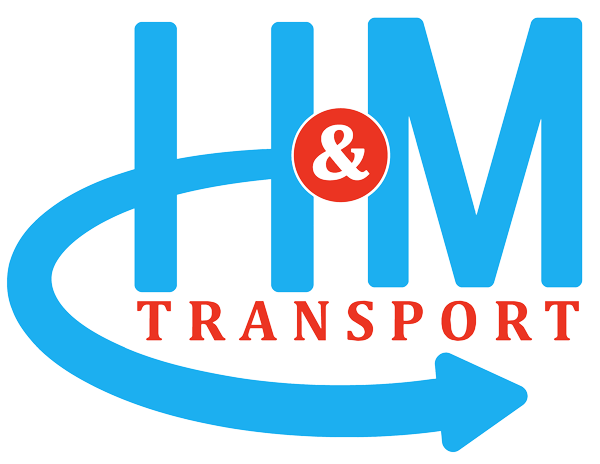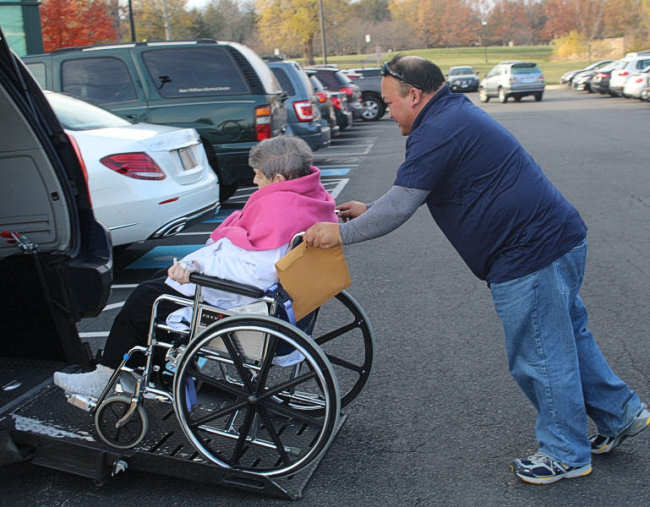Non-emergency transportation is a service that is available to the elderly. This helps many people with limited mobility or have other issues preventing solo travel to get to the places they need.
Reasons For Non-Emergency Medical Transportation
There are many reasons that an elderly individual would need non-emergency medical transportation. As a person ages, they may not be able to drive any longer. This can be due to many factors, including failing eyesight, slower reflexes, or not having enough money to maintain a road-ready vehicle.
Some elderly people may need assistance because they can not walk independently. In these circumstances, family and friends may not be able to drive them as they may not have the strength or the correct type of vehicle to transport them.
These people still need to travel for non-emergency reasons but need assistance getting to appointments.
Non-Emergency Transportation Destinations
So what kind of destinations are considered non-emergency? If a person is in the middle o a medical emergency, an ambulance is still the correct choice.
However, many members of the elderly population live a full life on their own (or with an elderly partner or friend). However, they may still have appointments to get to.
These appointments usually consist of non-emergency medical appointments. This could just be a checkup with their primary care physician. Still, often, older patients have numerous doctors they need to see.
These appointments can be their PCP but could also be their dentist, a physical therapist, cancer treatments, or multiple weekly dialysis appointments.
Transportation options can also include travel to and from family events, transportation for special occasions, rides to and from the airport, assisted transportation for dining out, shopping and running errands, and transportation to and from senior centers. Non-emergency transportation is not just for medical appointments.
Types of Non-Emergency Medical Transportation
Some individuals who need this type of transportation can walk to and from the vehicle unassisted or with a walker or cane but need help during travel. Others need special vehicles for travel to accommodate their medical needs and equipment. Here are some examples of specific types of travel needs:
- Wheelchair Transport: If a customer is in a wheelchair, transport would include a special wheelchair van that loads the wheelchair from the rear of the vehicle. These vehicles can support standard wheelchairs and power scooters. If the patient needs a wheelchair, one can be requested for the trip.
- Ambulatory Transport: If the person traveling uses a cane, a walker, or some other form of ambulatory assistance, the vehicles have been designed to provide room for this equipment without sacrificing comfort.
- Stretcher Transport: Even when people can not sit up, this does not mean they can not travel. Non-emergency travel can accommodate people in a lying-down position with stretcher transport options.
- Bariatric Transport: Bariatric stretchers are also available. A bariatric stretcher can accommodate someone who ways between 350 – 600 pounds. Bariatric wheelchairs (which are wider than standard wheelchairs) are also accommodated.
Non-Emergency Transport Near You
If you need non-emergency transport in the Virginia and Washington, DC area, H&M Transport Can Help! We are available to assist our customers in getting to and from medical appointments and other non-emergency parts of life such as dining out, visits with friends and family, and running errands. We can help anyone regardless of their ambulatory situation. Do not hesitate to reach out today!



